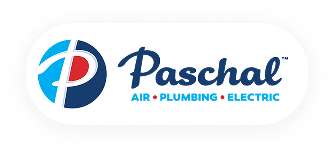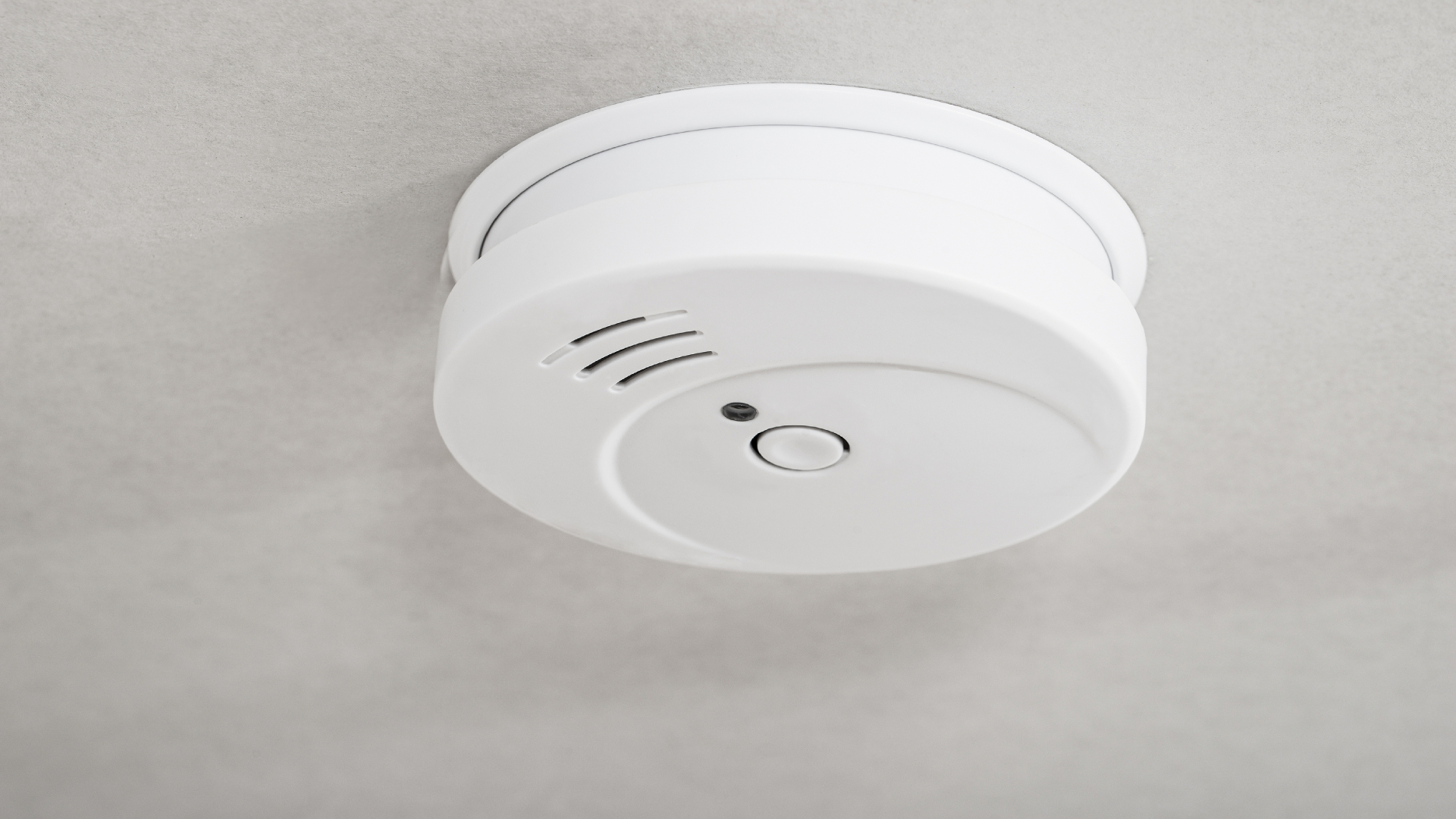Want to save with Paschal? Don’t miss our current offers and specials

Want to save with Paschal? Don’t miss our current offers and specials
Return to Paschal Resource & Education Hub

When it comes to home safety, few dangers are as serious — or as silent — as carbon monoxide. Homeowners often ask, “What does carbon monoxide smell like?” The truth is simple and unsettling: carbon monoxide has no smell, no color, and no taste.
According to the Centers for Disease Control and Prevention (CDC), carbon monoxide (CO) is an invisible, odorless gas produced when fuel-burning appliances or engines don’t burn fuel completely. Because it’s impossible for humans to detect without a carbon monoxide detector, CO is often called the “silent killer.”
Carbon monoxide is a byproduct of incomplete combustion. It can form when you use or operate any fuel-burning device — including gas furnaces, water heaters, fireplaces, stoves, grills, vehicles, and portable generators.
Once inhaled, CO binds to hemoglobin in your blood, taking the place of oxygen and preventing your organs from getting the air they need. Even small amounts can cause serious health problems.
Common symptoms of carbon monoxide poisoning include:
Prolonged or high-level exposure can cause unconsciousness, brain damage, or death. The CDC reports that more than 100,000 people in the U.S. visit emergency departments for accidental CO poisoning every year, and more than 400 die from unintentional exposure.
A common misconception is that carbon monoxide smells like natural gas, smoke, or rotten eggs, but it doesn’t. That rotten egg odor actually comes from mercaptan; a chemical added to natural gas by utility companies to make gas leaks easier to detect.
If you ever smell sulfur or rotten eggs, that means you may have a natural gas leak, not carbon monoxide. Leave your home immediately, avoid using electronics or open flames, and call your gas company or 911.
The Environmental Protection Agency (EPA) explains that mercaptan is intentionally added to natural gas because the gas itself is odorless — just like carbon monoxide. But only natural gas is odorized; carbon monoxide remains completely undetectable by smell.
Since carbon monoxide can’t be detected by your senses, the only reliable way to stay safe is to install carbon monoxide detectors.
The National Fire Protection Association (NFPA) recommends placing CO detectors:
Choose detectors that meet UL 2034 safety standards and replace them every five to seven years. Test alarms monthly, replace batteries at least once a year, and never disable a beeping alarm, that signal means CO levels are rising.
If your alarm ever sounds, leave your home immediately, call 911, and do not re-enter until professionals confirm it’s safe.
Understanding where CO can come from helps you prevent it. Common sources include:
The EPA warns that even partially blocked vents, chimneys, or flues can cause carbon monoxide to build up inside your home. Always ensure your heating and ventilation systems are clear and functioning properly.
Prevention starts with proper maintenance and ventilation. Both the EPA and CDC recommend the following steps to protect your home and family:
These preventive measures are simple but lifesaving.
If you notice unusual soot near burners, yellow or flickering pilot lights, or you experience unexplained headaches or nausea at home, contact a licensed HVAC professional immediately. These can be early warning signs of poor combustion or a carbon monoxide leak.
Paschal Air, Plumbing & Electric provides carbon monoxide safety inspections, furnace tune-ups, and detector installations to help protect your home year-round. Our licensed technicians are trained to identify risks, improve ventilation, and make sure your heating system operates safely and efficiently.
Whether you need to install CO detectors, inspect your furnace, or test your home for air quality, Paschal is here to help.
Call or schedule your heating safety check online today
Protect your family with trusted professionals who care about your comfort, safety, and peace of mind.